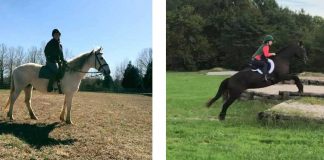The nurse mare industry has been a source of controversy over the years, but practices are changing—meaning a better outlook for orphan foals and mares alike.
The arrival of a new foal is the culmination of planning, hopes and dreams—unless something goes wrong.
Only about 5 percent of mares experience foaling difficulties, but it happens. Sometimes a mare dies during or shortly after foaling. Some mares reject their foals, while others don’t produce adequate milk or get seriously injured and can’t care for their babies.
In any of these scenarios, prompt intervention is needed to give the foal its best chance for survival.
Raising a “bottle baby” is certainly possible, but not the best option for a foal, who ideally needs to be raised by a horse to be properly socialized.
Enter the nurse mare.
In the traditional nurse mare business, mares are bred to have a foal each year so they’re available for lease if needed to raise another mare’s foal. When that nurse mare is called into duty, her own foal is left behind to be raised on milk replacer. Often called “throwaway foals,” some of them end up in the slaughter pipeline.
The nurse mare industry has long been a reality, but not one that people spoke of with pride. It’s a tragic irony that a business created to save valuable foals makes orphans out of others.
Using a More Ethical Option
As a young woman, Laura Phoenix worked in the traditional nurse mare business, but grieved over the brutal truth of those foals left behind.
“It was always sad,” she says. “I didn’t like coming home to the orphans.” She later left the business because of that aspect.
Decades later, she learned about the concept of hormonally induced lactation (HIL). With HIL, mares are safely brought into milk production without being pregnant and having a foal.
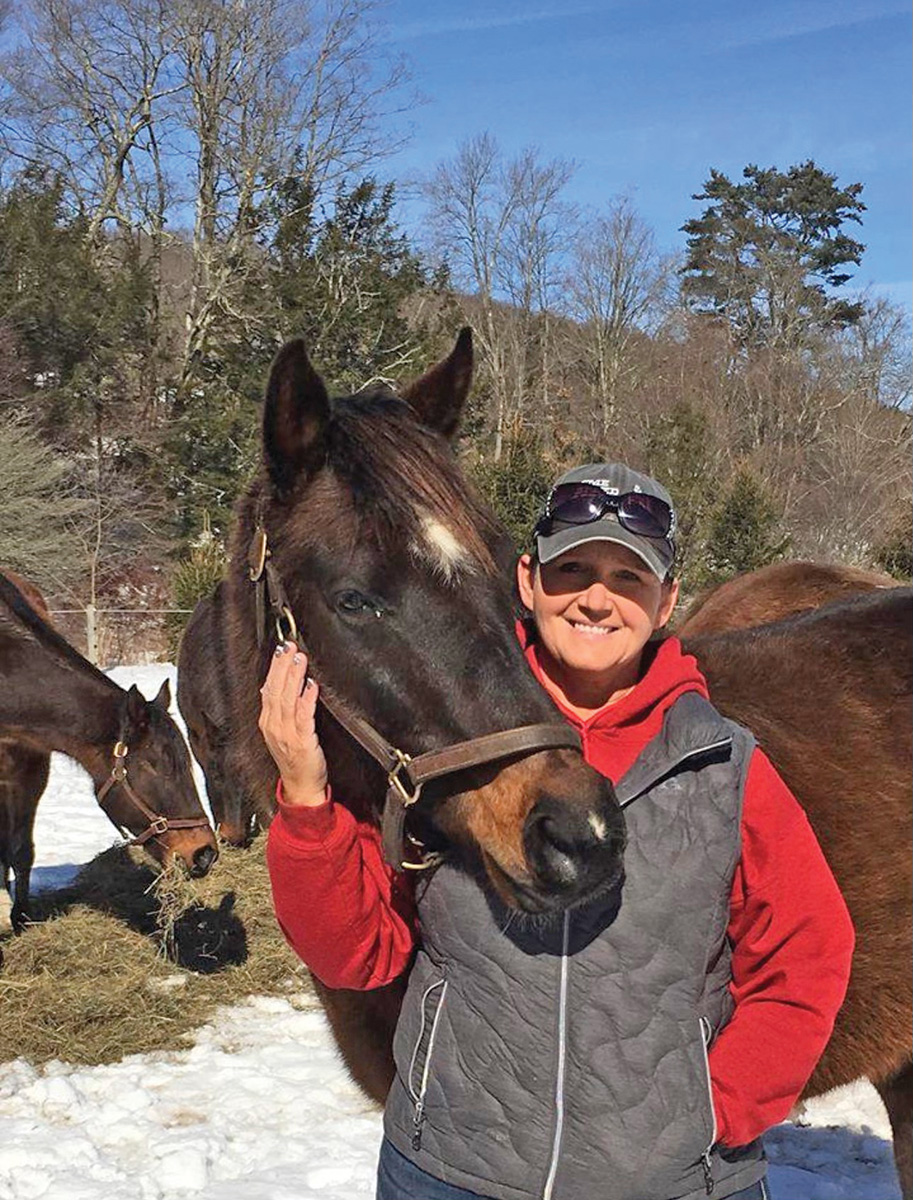
In 2011, Phoenix gave it a try with two of her mares. After finding demand for the service, she started adding more mares. Today, Phoenix owns and operates Nursemares of the Northeast at her home base in Walton, N.Y., and Nursemares of Kentucky in Paris, Ky.
Raised on a working horse farm in Virginia, Bronwyn Watts became a professional groom, working at the highest levels of eventing competition for years.
She’d worked in the horse industry her whole life, but learned about the traditional nurse mare business by reading an article in 2017. This inspired her to look for a more ethical way to help orphans.
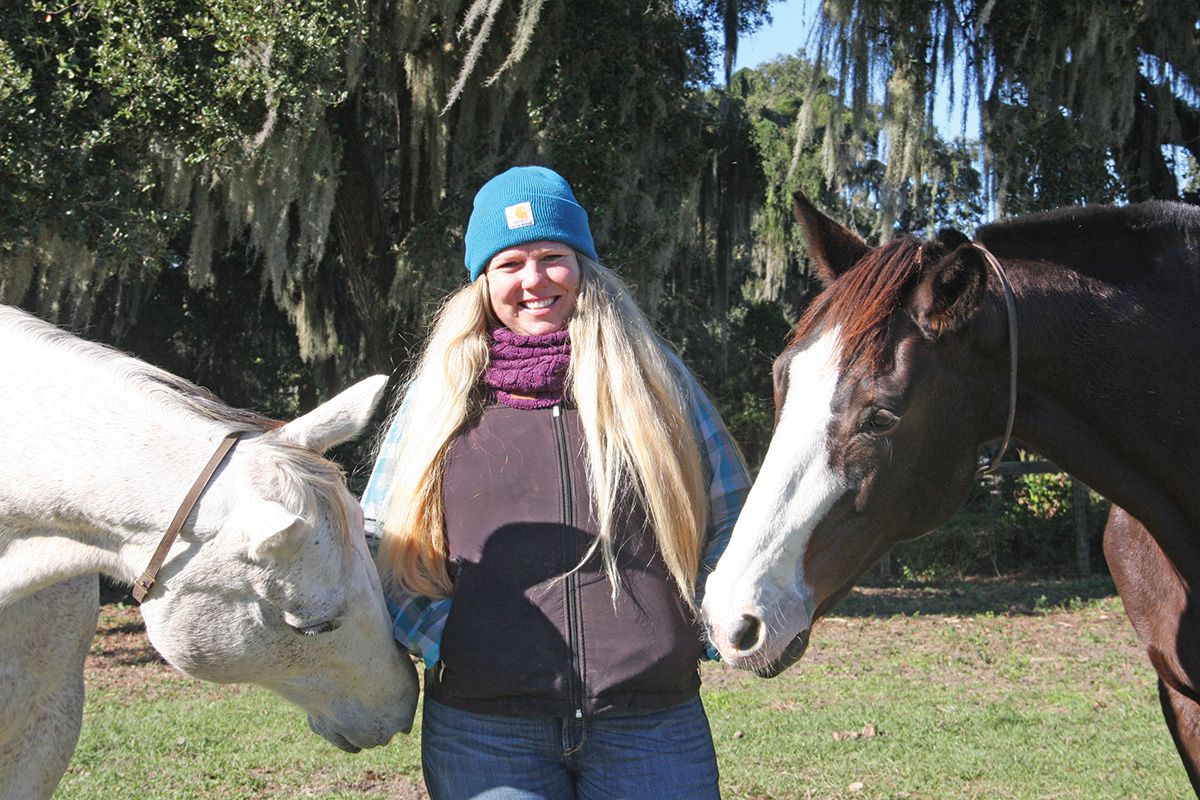
After researching HIL, she got her first two mares and in 2018, launched ColdSpring Nurse Mares, LLC, in Ocala, Fla.
Although their businesses are totally independent, Phoenix and Watts are both driven by the same passion.
How HIL Works
With HIL, mares are given hormones for a short period to mimic late-stage pregnancy and stimulate milk production, explains Alan Riggs, DVM, a veterinarian with Peterson Smith Equine Hospital in Ocala, Fla.
After a brief hormone protocol, the mare has mammary gland development. It typically takes anywhere from five to 10 days for her to come into milk. Hand milking encourages further milk production until a foal is nursing her.
“Once the mares come into milk, they are milked at least twice a day to keep up the milk production. This is done until a foal is on them. It’s completely safe for the mare and safe for the foals,” notes Riggs, who specializes in reproduction.
Each mare is different, and the protocol can be adjusted for each individual.
“With [HIL], lactation can be timed to when the mares will be needed,” he adds. “By far the biggest benefit is not having a foal that becomes an orphan.”
Phoenix and Watts each have their own unique protocols they’ve developed over time and personal experience.
“The mares have 21 days of hormonal support protocol, and then they’re treated just like any other mare,” says Phoenix. “They dry up after weaning just like a mare who’s had her own foal.”
Because one never knows when a nurse mare will be needed, Phoenix and Watts both keep mares ready in different stages of protocol throughout foaling season.
Bonding with the Foal
The traditional nurse mare leaves her own foal at home, and must often be sedated, blindfolded, hobbled and forced to accept the orphan foal. That trauma is never part of the process with HIL nurse mares and proper pairing.
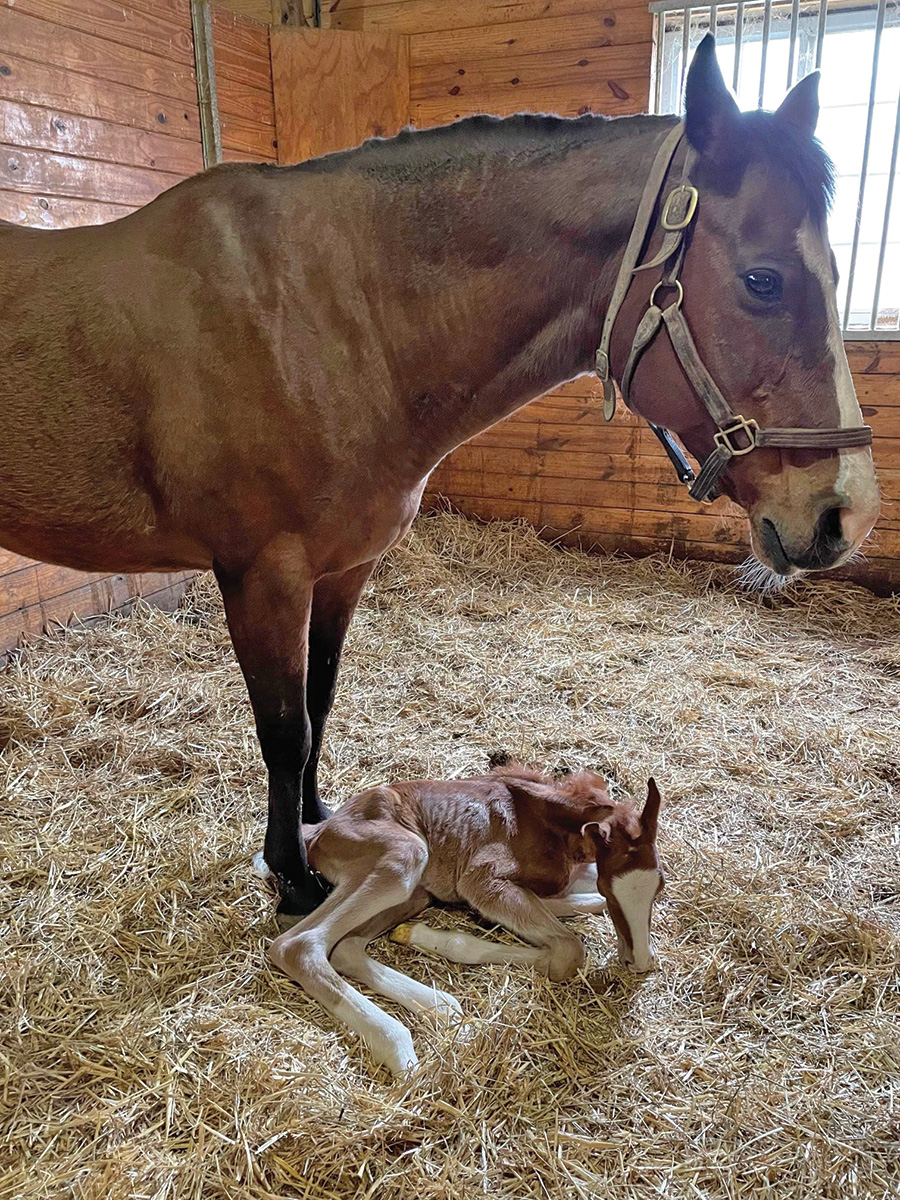
But just having a lactating mare doesn’t ensure success. The strategy is pairing the right mare with the orphaned foal so they can bond quickly and thrive together.
“There’s a lot of misconception that any lactating mare will make a nurse mare,” says Watts. “It’s a very delicate situation. You have to really know the mare and know what you’re doing bonding mare and foal.”
Great care goes into matching mare and foal, taking into consideration size, personality, history, and health of the foal.
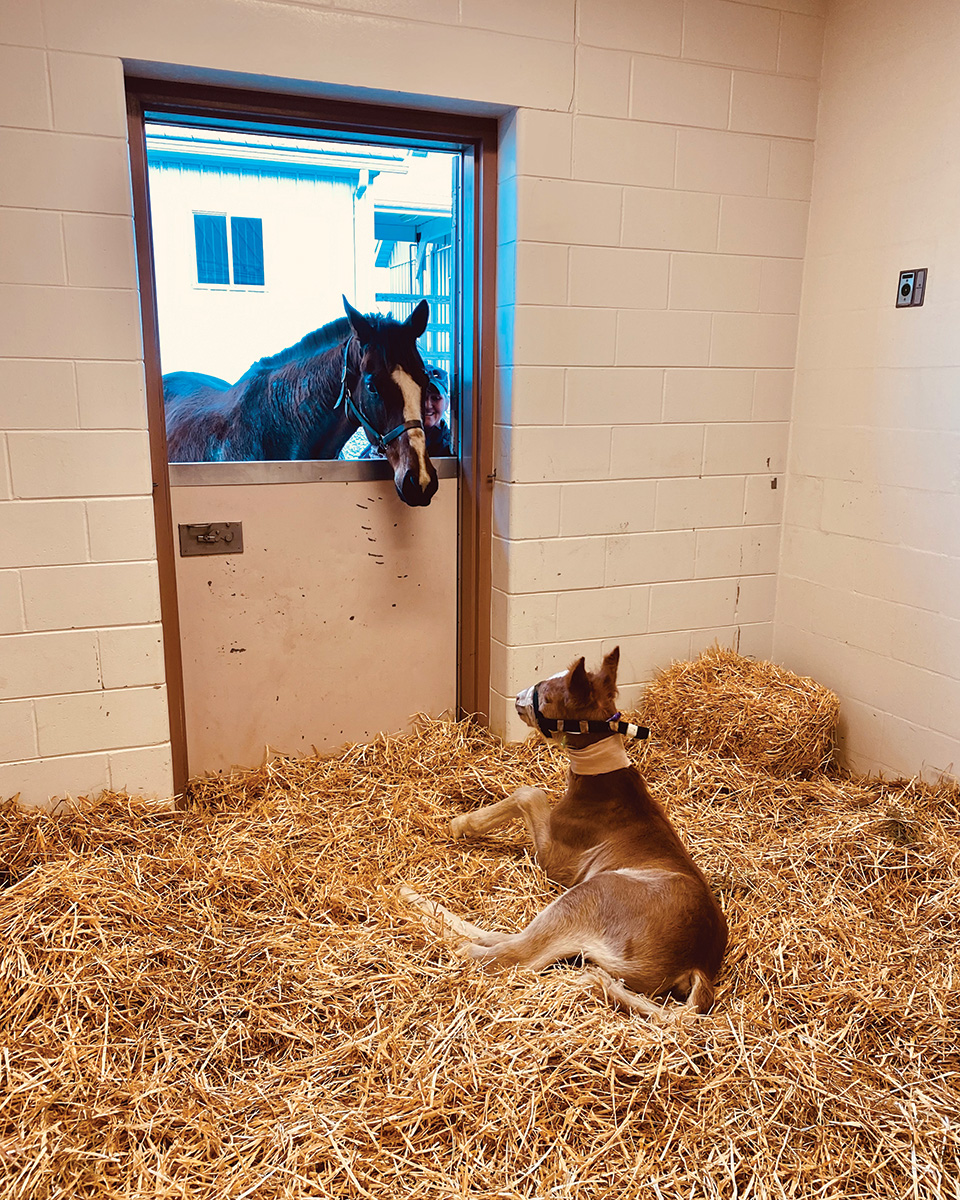
If the foal is having health issues on top of being orphaned, it takes just the right nurse mare to fill the spot. Sometimes the foal is sick and already in the clinic. This situation requires a mare who is not only going to bond with the baby, but whose personality can handle the NICU (neonatal intensive care unit) setting.
The mare is hauled to the foal’s location. Every effort is made to ensure that conditions are optimal for bonding. The less distraction, the better. A team of two people is optimal: one to safely handle the foal and one to handle the mare.
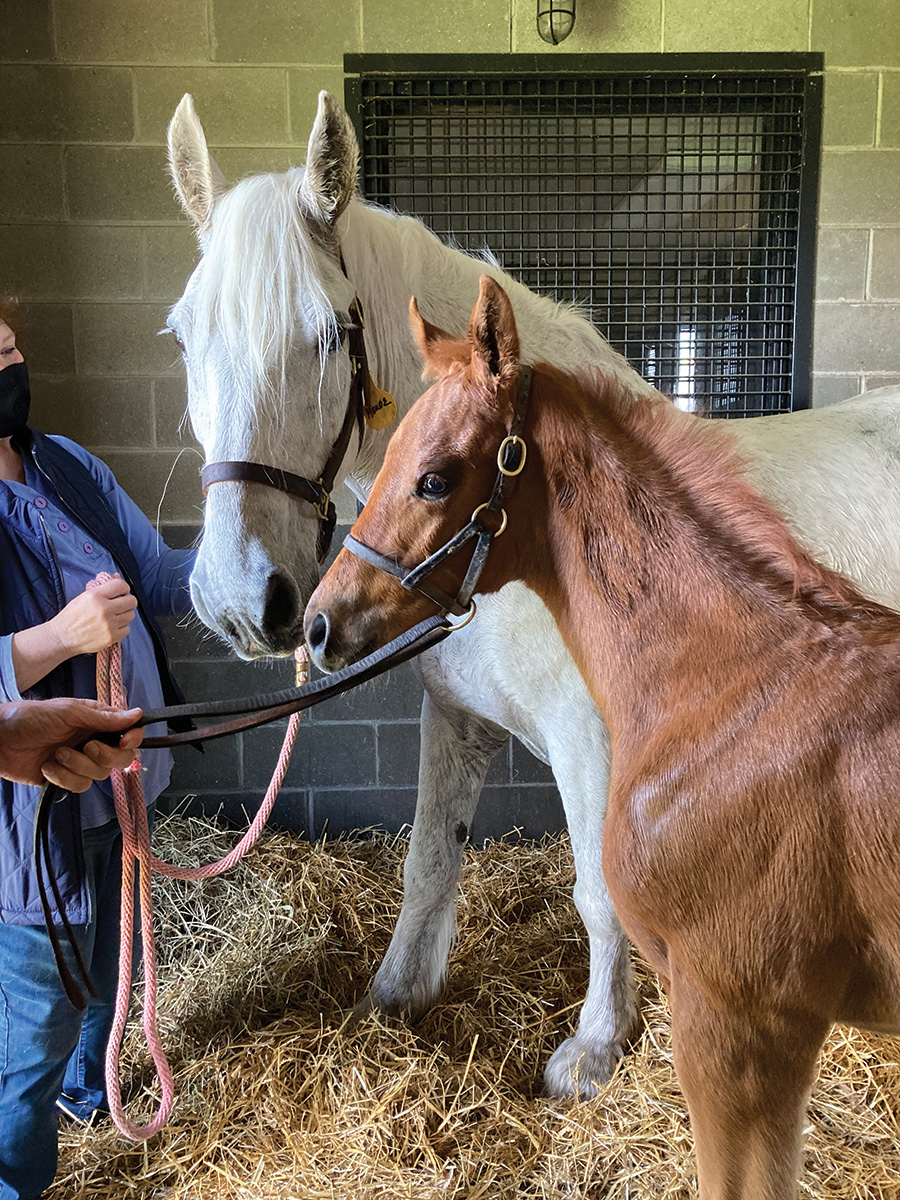
The mare is brought into the stall with the foal and the handlers stay in place until the foal is nursing, which helps cement the bond.
“The bonding process is dictated by the mare,” says Phoenix. “Safety is the No. 1 thing, so we take every precaution.”
Pairing can take only minutes with very young foals but can take a little longer if the orphan is older when he loses his biological mother.
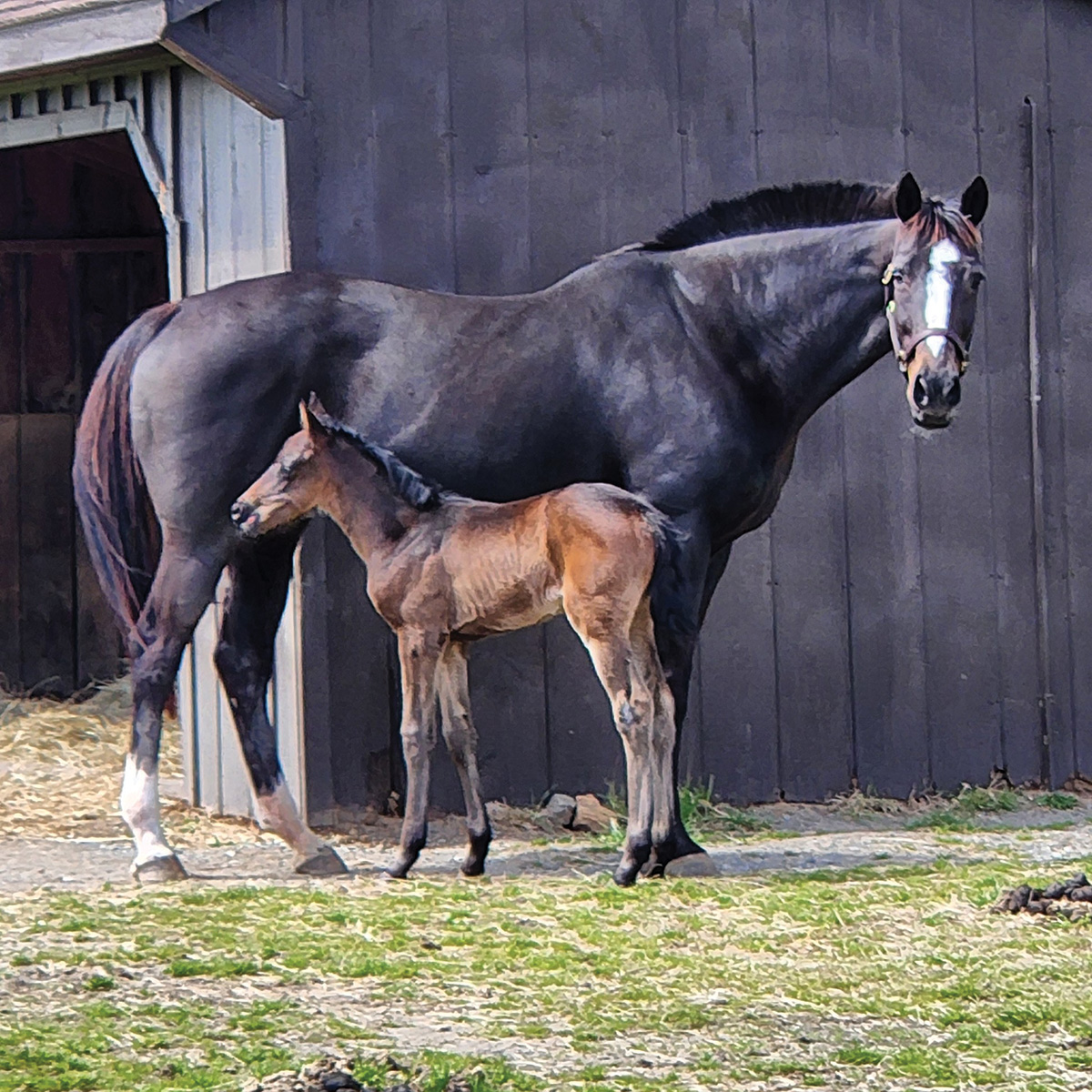
What Makes a Good Nurse Mare
What makes a good nurse mare? For starters, she must previously have had her own foals and proven to be a doting mother with good milk production.
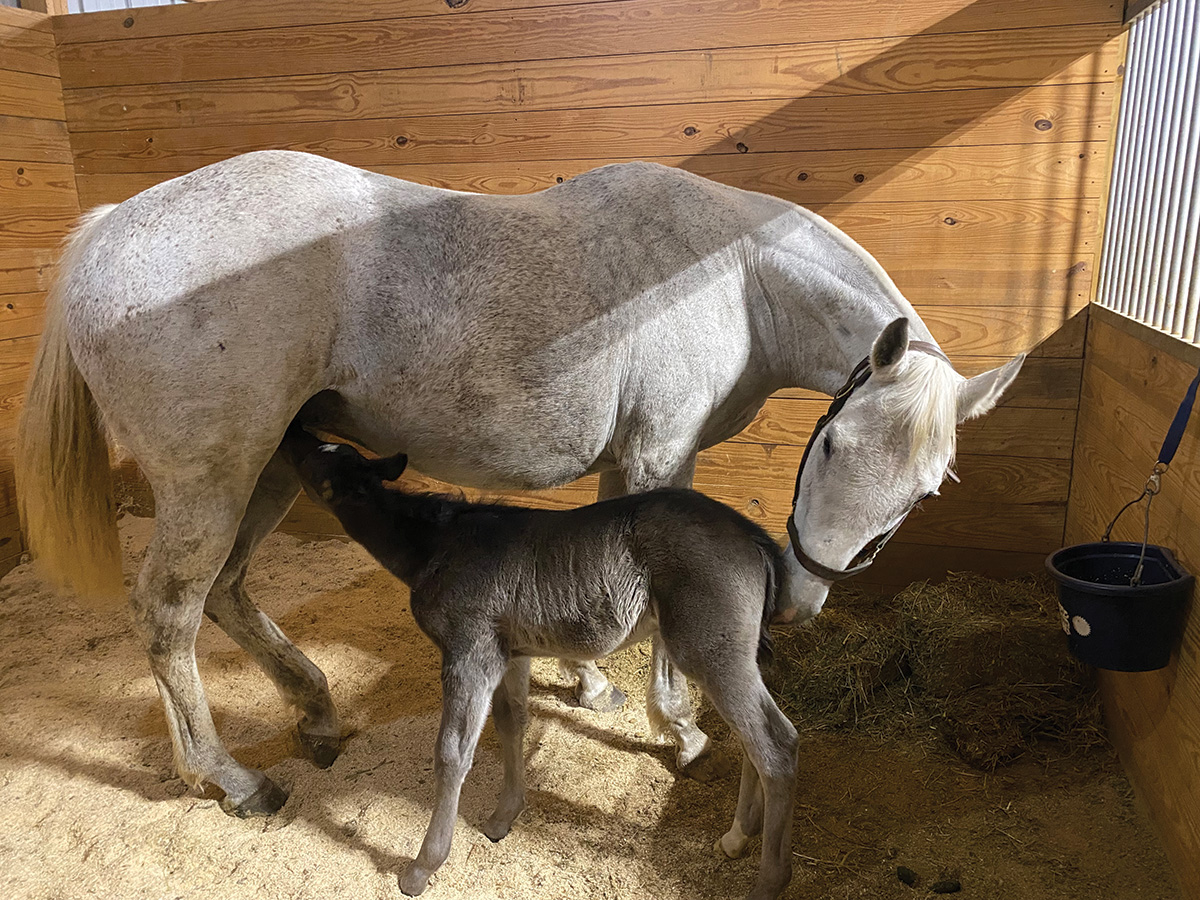
Personality is a crucial factor. Nurse mares are sent to both small farms and large breeding operations. Either way, they need to be easy to catch and handle.
Vices like stall walking or weaving will disqualify a mare, as will aggression or serious lameness issues, such as laminitis.
“If a mare is cribber, that’s not a deal breaker if she’s a good mom, but she will wear a crib collar,” says Phoenix.
Since most nurse mares are on the older side, averaging late teens to 20s, age isn’t a negative factor, providing the mare is healthy.
Both Phoenix, who has 220 mares, and Watts, who has 80, have built their herds through donations. Mares often come from clients who want their retired broodmares to have great homes.
Although many are retired Thoroughbreds, there are plenty of other breeds in the mix, including warmbloods, Quarter Horses, Appaloosas, Arabians, Standardbreds, and draft crosses.
For most nurse mares, raising orphans is their third career.
“In the beginning, we said we were saving a life,” says Phoenix. “However, we quickly realized we’re saving three: the unwanted broodmare, the client foal, and the throwaway foal.”
Situations with Unusual Orphans
Not every client who calls needs a nurse mare for a horse foal. On occasion, baby equines of different species need a mom.
In 2023, Nursemares of Kentucky came to the rescue when a zebra foal lost its mother. In addition to their dramatic stripes, zebras don’t vocalize like horses, so it required just the right nurse mare to adopt this unusual newborn.
“The client was licensed to have exotic animals, but they didn’t have the facilities to keep them in for bonding, so they brought the zebra foal to us,” says Phoenix, who had prepped two mares for the unlikely orphan.

The first mare took to the zebra immediately and the two were able to return to the owner’s farm within four days.
ColdSpring Nurse Mares has provided nurse mares for three donkey foals. One of these was a Poitou, a rare long-haired French donkey breed that is considered endangered.
Watts says her nurse mare who raised the Poitou donkey foal was known for her powerful mothering instincts and had even nursed a calf.
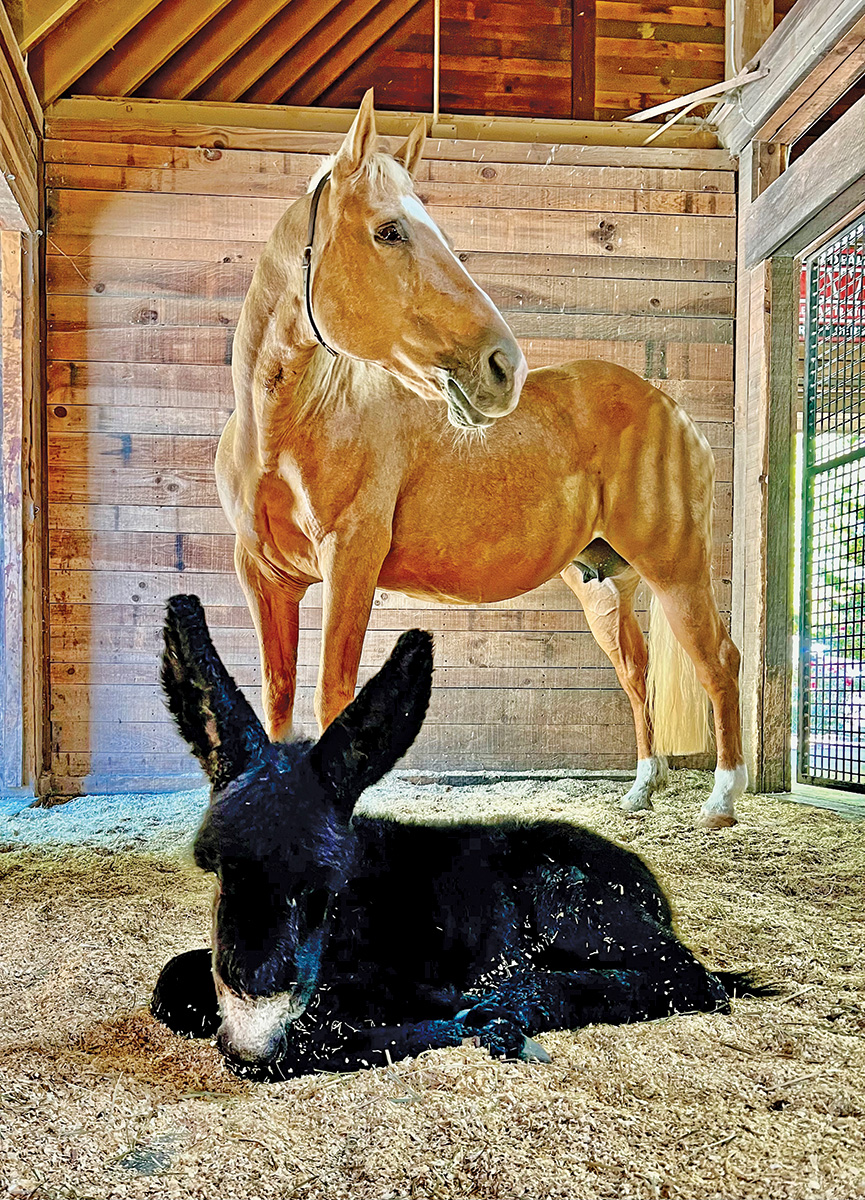
Lease Arrangements for Nurse Mares
Nurse mares are leased for a flat fee plus delivery charge, which varies depending on distance. Between Phoenix and Watts, their nurse mares have been sent to clients in the entire eastern half of the U.S. and beyond.
Foal owners lease the mare for as many months as needed to nurse the baby. During that time, the lessee is responsible for all mare care (feed, hoof care and deworming), as well as shipping the mare home after weaning.
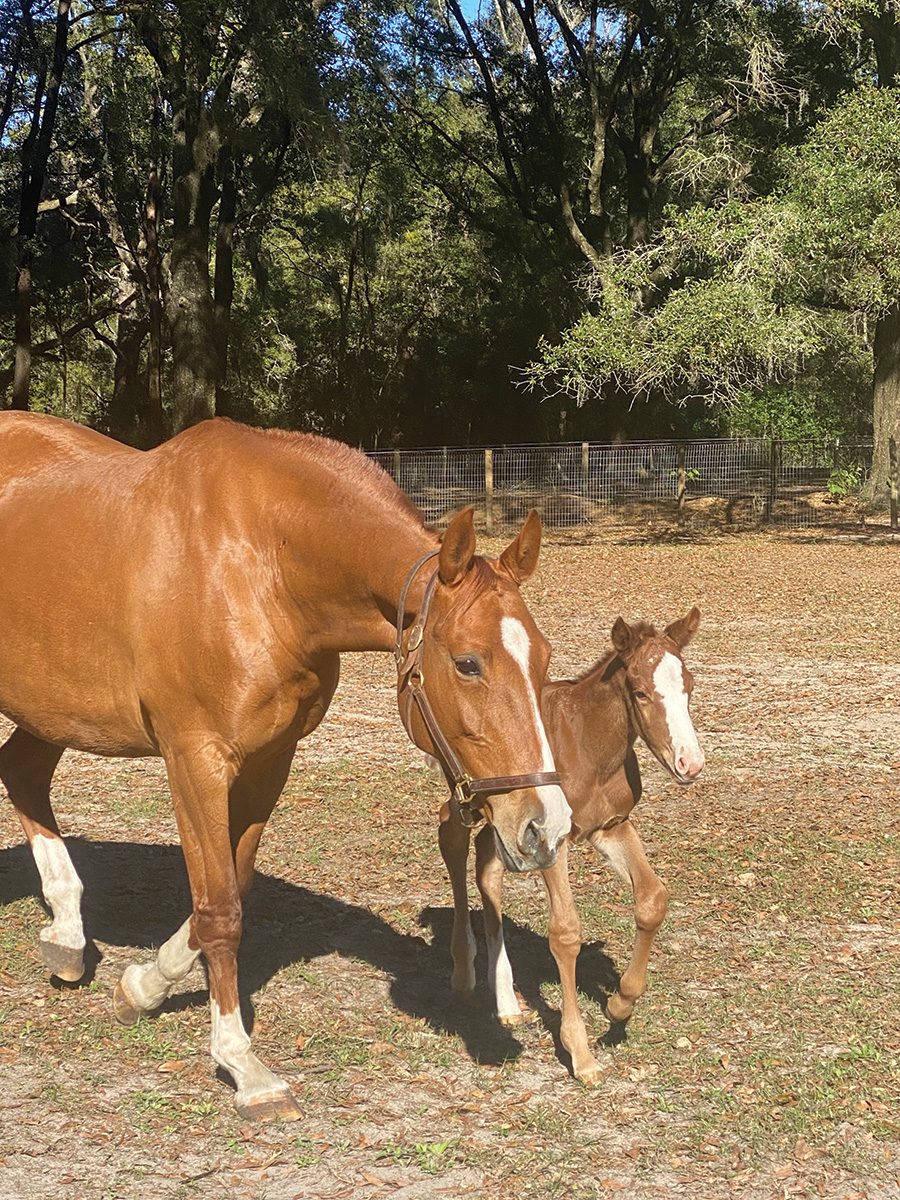
In the traditional nurse mare business, the lessee is required to breed the mare back, but obviously, this isn’t required with HIL nurse mares.
“What these mares do is so special,” says Watts. “We’re giving these older broodmares a job they love to do, helping an orphan foal, and not contributing to the population of unwanted horses. You can’t go wrong with this.”
Phoenix agrees.
“Even with us putting out this many mares, I’m still shocked to find out so many people don’t know about this option,” she says. “These nurse mares are heaven sent. When we can fill that need without having an unwanted foal, everybody feels good at the end of the day.”
This article about the improving practices of the nurse mare industry appeared in the March 2024 issue of Horse Illustrated magazine. Click here to subscribe!




